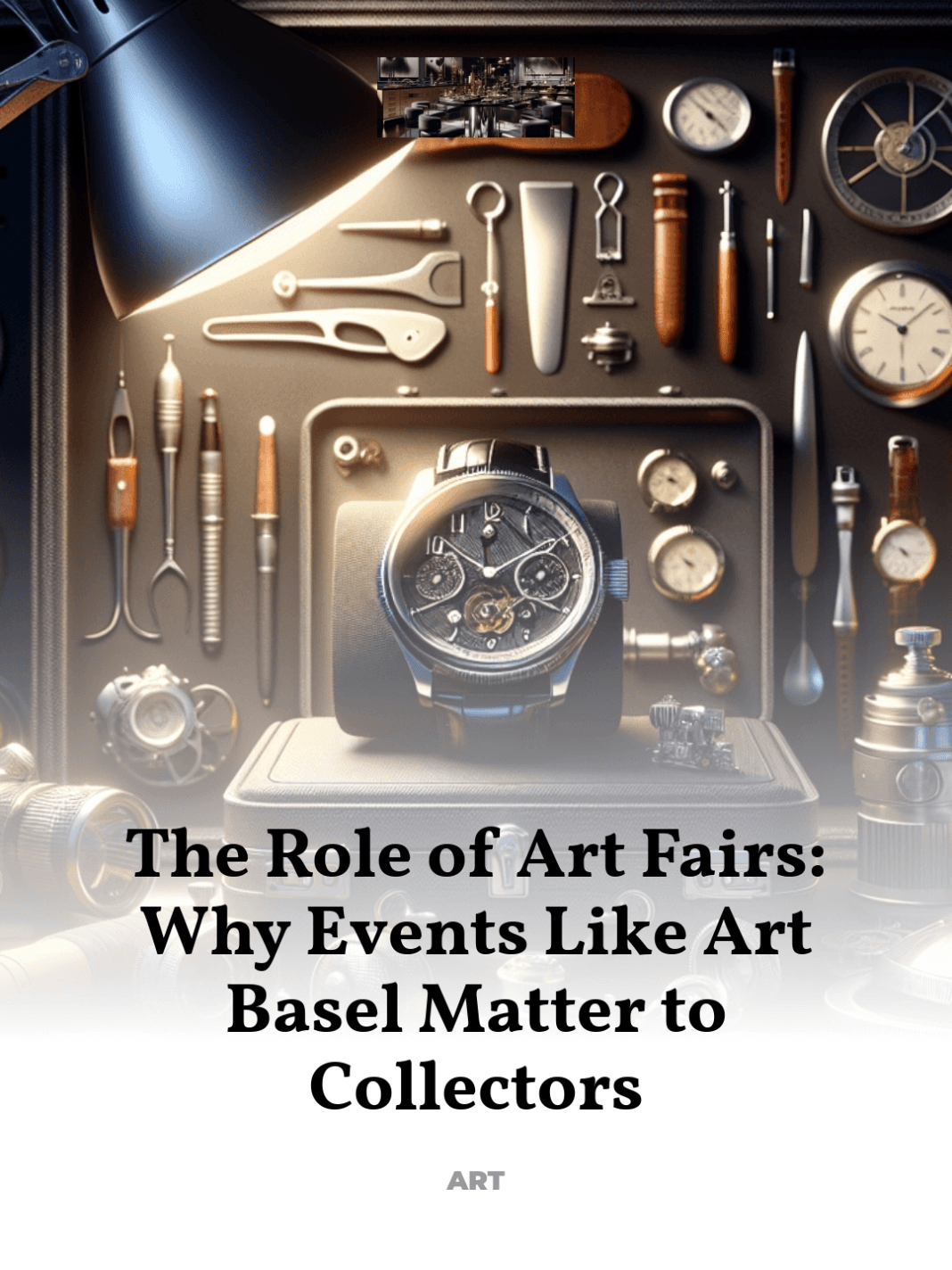How international fairs set trends and influence the market
Art fairs like Art Basel are not just events; they are cultural phenomena that shape the landscape of contemporary art. These fairs serve as vibrant hubs where the pulse of the art world is felt, influencing trends, setting market directions, and fostering an environment of creativity and exchange.
- The Cultural and Economic Significance of Art Fairs
- How Art Fairs Set Trends and Influence the Art Market
- Why Collectors Value Art Fairs
- Global Impact and Cultural Exchange
- The Future of Art Fairs in a Digital Age
The Cultural and Economic Significance of Art Fairs
Art fairs have grown from niche gatherings to major events on the cultural calendar, attracting a global audience of collectors, curators, artists, and enthusiasts. Art Basel, for instance, originally founded in 1970, has expanded to multiple continents, reflecting its increasing importance in the art world.
These fairs are not only significant for their cultural value but also for their economic impact. They provide a platform for galleries to showcase their best works, often resulting in significant sales and partnerships. Moreover, the concentration of art sales at these fairs provides a snapshot of market trends and collector interests, offering invaluable data to galleries, artists, and financial analysts alike.
- Networking Opportunities: Art fairs provide a unique convergence point for industry professionals to build relationships and exchange ideas.
- Economic Boost: Local economies benefit from the influx of visitors, which supports hotels, restaurants, and other local businesses.
- Art Sales: A significant portion of a gallery’s annual revenue can be generated in just a few days at major fairs.
How Art Fairs Set Trends and Influence the Art Market
Art fairs play a pivotal role in setting trends within the art market. Galleries take these opportunities to introduce new artists and experimental works, testing market receptivity. The aggregation of such works from around the world helps to identify patterns in artistic innovation and collector preferences.
For instance, recent fairs have seen a surge in digital art and multimedia installations, reflecting broader technological trends. Collectors and galleries that pay close attention to these shifts can gain insights into future movements and adjust their collections and offerings accordingly.
- Emerging Artists: Art fairs often feature sections dedicated to emerging artists, offering them exposure to a broader audience and potential buyers.
- Innovative Art Forms: New media and technology-driven artworks gain prominence, influencing the types of art that collectors and galleries focus on.
- Thematic Trends: Recurring themes across different artists and galleries can signal new artistic movements or societal concerns that resonate with the public.
Why Collectors Value Art Fairs
Collectors are drawn to art fairs for various reasons. These events provide them with an opportunity to see a vast array of art within a short period and in a single location, making it easier to compare and contrast works before making purchases. Additionally, art fairs offer collectors a way to stay ahead of trends, ensuring their collections remain relevant and dynamic.
Moreover, the social aspect of art fairs cannot be underestimated. They offer collectors a chance to engage with peers, share insights, and partake in a cultural dialogue that enriches their understanding and appreciation of art.
- Direct Access to New Works: Collectors can acquire pieces by contemporary artists before they become widely recognized.
- Educational Opportunities: Panels, talks, and guided tours provide deeper insights into current art practices and market dynamics.
- Cultural Prestige: Participation in major art fairs is often seen as a status symbol within the collector community.
Global Impact and Cultural Exchange
Art fairs like Art Basel have a profound global impact, not only on the art market but also on cultural exchange. They bring together diverse cultures, showcasing artists from various backgrounds and promoting a cross-pollination of artistic ideas. This exposure helps to foster a greater understanding and appreciation of global art scenes, challenging parochial views and encouraging a more inclusive approach to art collection and curation.
Furthermore, the international nature of these fairs increases accessibility to foreign markets for galleries and artists, often leading to unexpected collaborations and projects that might not have occurred within more localized settings.
- International Exposure: Artists and galleries gain access to an international audience, which can lead to increased recognition and opportunities abroad.
- Cultural Diversity: Art fairs celebrate cultural diversity by featuring works from around the globe, enriching the viewing experience and broadening perspectives.
- Artistic Collaboration: The international gathering of artists and creatives at fairs often leads to collaborations and new artistic ventures.
The Future of Art Fairs in a Digital Age
As technology continues to evolve, so too does the format of art fairs. Virtual galleries and online viewing rooms have become more prevalent, particularly in response to global challenges like the COVID-19 pandemic. These digital platforms offer new ways to experience art, potentially reaching a larger audience and democratizing access to high-quality works.
However, the tactile and social experiences of traditional art fairs remain irreplaceable. The future likely holds a hybrid model, where digital and physical experiences complement each other, providing a richer, more accessible, and flexible approach to art collection and appreciation.
- Technological Integration: Augmented reality and virtual reality are set to enhance the way art is experienced at fairs, offering immersive previews and interactive experiences.
- Expanded Reach: Online platforms allow collectors who cannot attend in person to view and purchase art, expanding the market for galleries and artists.
- Sustainability: Digital alternatives can reduce the carbon footprint associated with large-scale international events, aligning with global sustainability goals.
Art fairs like Art Basel play an indispensable role in the dynamics of the art world, offering a unique blend of cultural exchange, economic activity, and artistic innovation. As they evolve, they continue to shape the landscape of contemporary art, influencing trends, preferences, and market directions.
For further exploration of the impact of art fairs, consider visiting authoritative sources such as Art Basel’s official website.



